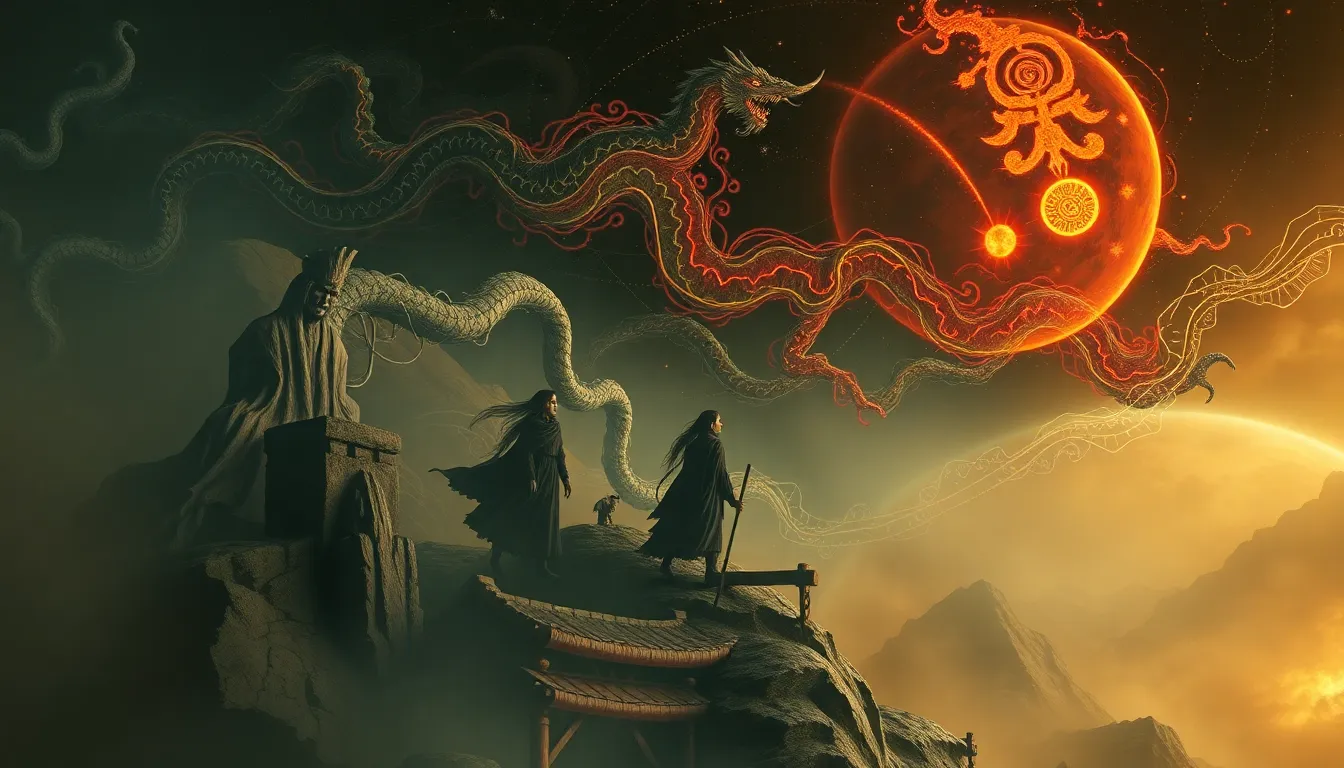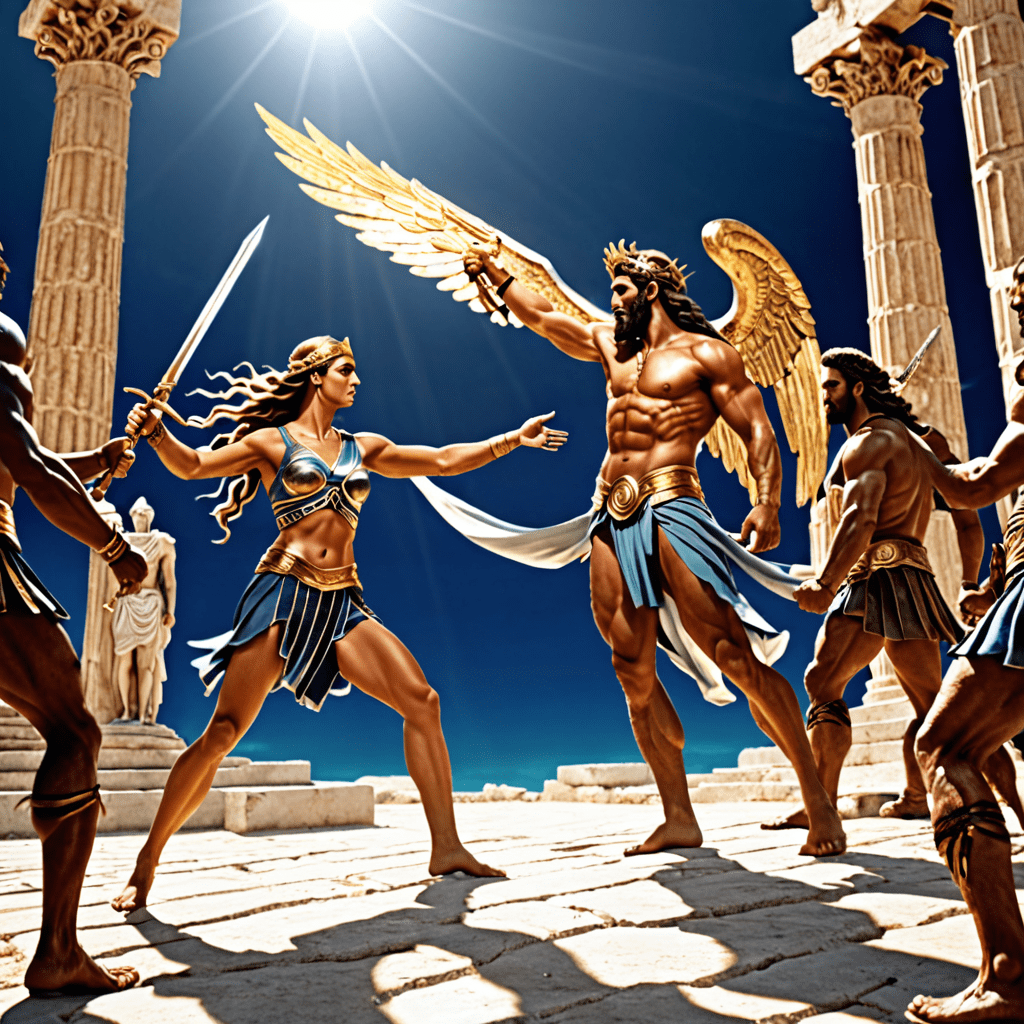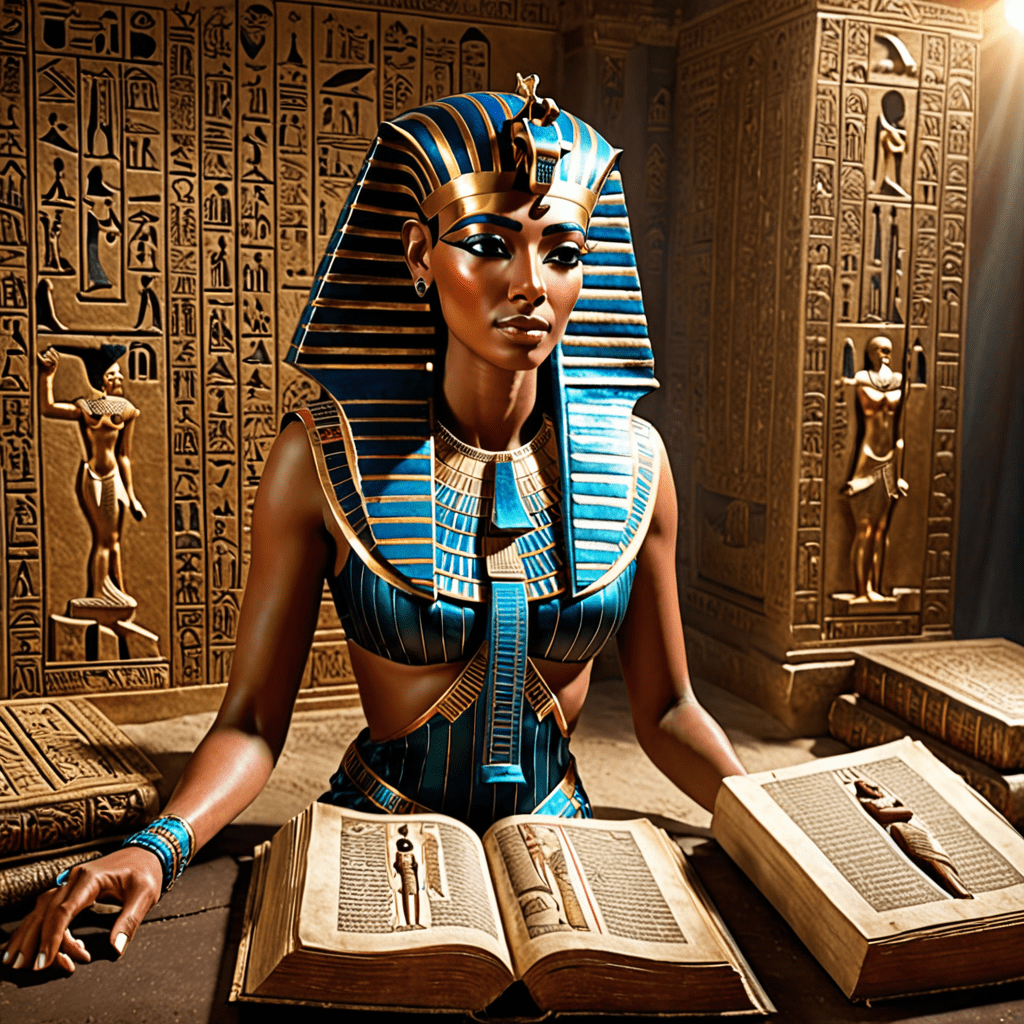The Trickster’s Journey: Navigating Chaos and Order
I. Introduction to the Trickster Archetype
The Trickster is a powerful archetype found throughout mythology and literature, embodying the qualities of cunning, wit, and unpredictability. This character is often portrayed as a boundary-crosser, someone who challenges the status quo and subverts traditional norms.
In cultural narratives, the Trickster plays a crucial role in shaping societal values and beliefs. By bending or breaking rules, they offer insights into human nature and the complexities of life. Through their antics, Tricksters reveal the thin line between chaos and order, providing a lens through which to examine our own experiences.
This article explores the Trickster’s role in navigating the tumultuous waters of chaos and order, shedding light on their significance across cultures and eras.
II. Historical Context of the Trickster Figure
The Trickster archetype has deep roots in various cultures, manifesting in figures such as Anansi in African folklore, Loki in Norse mythology, and Coyote in Native American tales. Each of these characters brings a unique flavor to the Trickster narrative, reflecting the values and challenges of their respective societies.
Throughout history, the Trickster has evolved, adapting to changing cultural contexts while maintaining core characteristics. From ancient myths to modern literature, the Trickster remains a relevant figure, embodying the complexities of human behavior.
Here is a comparative analysis of some notable Trickster figures:
- Anansi: A spider character known for his cleverness and storytelling ability, teaching important life lessons through his adventures.
- Loki: A complex figure who oscillates between helper and hinderer, representing chaos within the orderly realm of the gods.
- Coyote: Often depicted as a creator and a destroyer, embodying the duality of nature and the unpredictable aspects of life.
III. The Duality of Chaos and Order
In a societal context, chaos can be understood as a state of confusion and disorder, while order represents structure and predictability. The Trickster occupies a unique space between these two realms, often acting as a catalyst for change and transformation.
The Trickster functions as a bridge between chaos and order, illustrating the fluidity of these concepts. Through their stories, we see how chaos can lead to new beginnings and insights, while order can stifle creativity and growth.
Examples of Trickster tales that highlight this duality include:
- The story of Anansi: Anansi often finds himself in chaotic situations but uses his cleverness to restore order, teaching valuable lessons along the way.
- Loki’s mischief: Loki’s actions often create chaos among the gods, yet these events lead to significant revelations and transformations.
- Coyote’s lessons: Coyote’s antics frequently disrupt the status quo, forcing characters to confront their limitations and rethink their roles.
IV. The Trickster’s Journey: Stages and Themes
The Trickster’s journey can be broken down into several key stages, each reflecting a theme of transformation through chaos:
- The Call to Adventure: The Trickster is often called to a challenge, setting the stage for their journey.
- Crossing the Threshold into Chaos: This stage marks the Trickster’s entry into a world of unpredictability, where they must navigate complex situations.
- Trials and Challenges: The Trickster faces various obstacles, relying on their wit and resourcefulness to overcome them.
- The Return to Order: After confronting chaos, the Trickster returns to their original context, bringing back wisdom and lessons learned.
V. Psychological Interpretation of the Trickster
From a psychological perspective, the Trickster can symbolize the unconscious mind, representing the hidden aspects of our personality that often disrupt our orderly lives. The Trickster’s humor and wit serve as coping mechanisms, allowing individuals to navigate chaos with grace.
Psychological lessons derived from Trickster narratives include:
- Embracing uncertainty can lead to personal growth.
- Humor can be a powerful tool for managing stress and chaos.
- Understanding the duality within ourselves can foster self-acceptance and transformation.
VI. Tricksters in Modern Literature and Media
Contemporary literature and media continue to explore the Trickster archetype, with characters that resonate with modern audiences. From comic book heroes to film protagonists, the Trickster remains a relevant figure in storytelling.
Some notable Trickster figures in modern media include:
- Deadpool: A character who breaks the fourth wall and plays with narrative conventions, embodying chaos and humor.
- Jack Sparrow: The cunning pirate from the “Pirates of the Caribbean” series, whose unpredictable nature drives the plot.
- Rogue One’s K-2SO: A reprogrammed droid whose sarcasm and unpredictability provide comic relief amidst serious themes.
The relevance of Trickster themes in modern storytelling highlights society’s ongoing fascination with characters who challenge norms and expectations.
VII. The Trickster and Social Commentary
Tricksters often challenge societal norms and expectations, acting as catalysts for change and innovation. Through their antics, they critique authority and question established conventions.
Examples of Trickster narratives that critique authority include:
- The tale of Anansi: Often subverting social hierarchies and revealing the folly of those in power.
- Loki’s rebellions: His actions often expose the vulnerabilities of the gods and the flaws in their governance.
- Coyote’s stories: Frequently highlight the absurdities of human behavior and societal structures.
VIII. The Trickster’s Influence on Creativity and Innovation
The connection between chaos, creativity, and the Trickster is profound. Embracing the Trickster spirit can foster innovation by encouraging individuals to think outside the box and challenge conventional wisdom.
Practical applications of Trickster principles in creative fields include:
- Encouraging brainstorming and free association to generate novel ideas.
- Embracing trial and error as a pathway to discovery.
- Utilizing humor and playfulness to disrupt rigid thinking patterns.
IX. Embracing the Trickster Within: Personal Growth and Transformation
Identifying your inner Trickster can be a powerful tool for personal growth. By acknowledging the chaotic aspects of life, you can learn to navigate challenges with resilience and adaptability.
Strategies for embracing the Trickster mindset include:
- Allowing yourself to be playful and curious.
- Challenging your own beliefs and assumptions.
- Finding humor in difficult situations to alleviate stress.
The benefits of a Trickster mindset in everyday life are manifold, including increased creativity, improved problem-solving skills, and a greater sense of connection with others.



